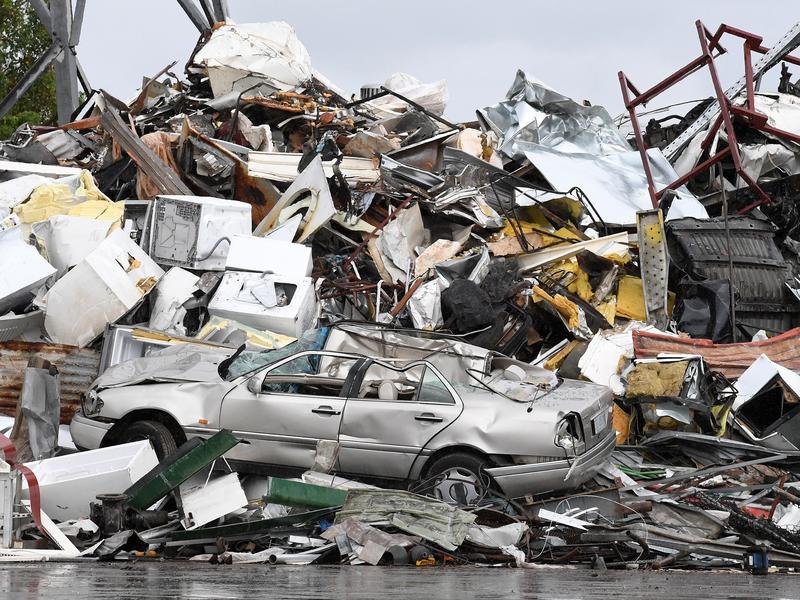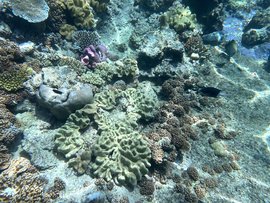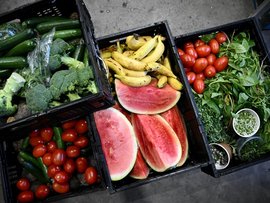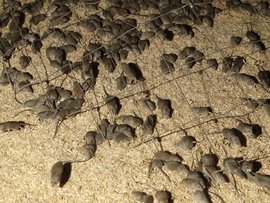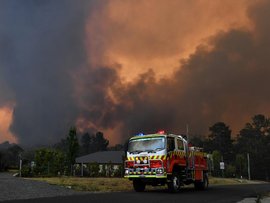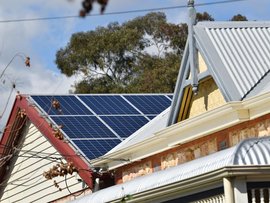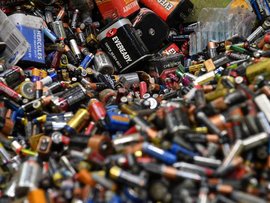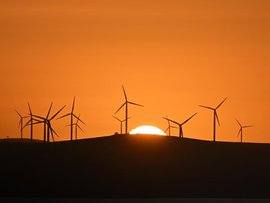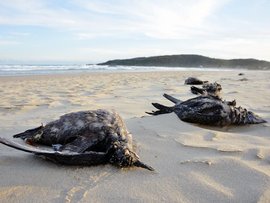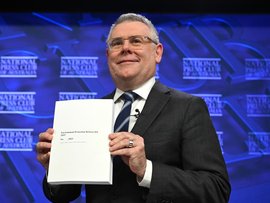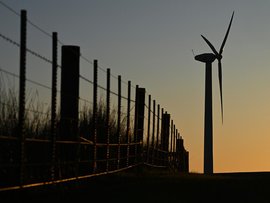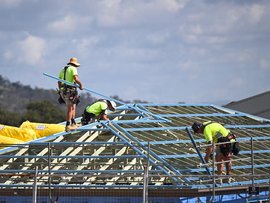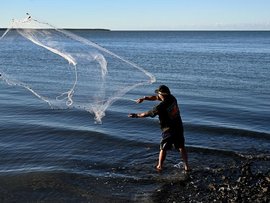As Donald Trump and Anthony Albanese strike a deal over billions of dollars worth of critical minerals, the real treasure could be sitting in bins across Australia.
Award-winning engineer Veena Sahajwalla says it is time to rethink common e-waste items as valuable raw materials, calling on policymakers, industry and communities to embrace a new vision for what Australia discards.
Australians generate around 20kg of e-waste per person every year, but many of the minerals inside, like copper and tin, are never recovered, Professor Sahajwalla said.
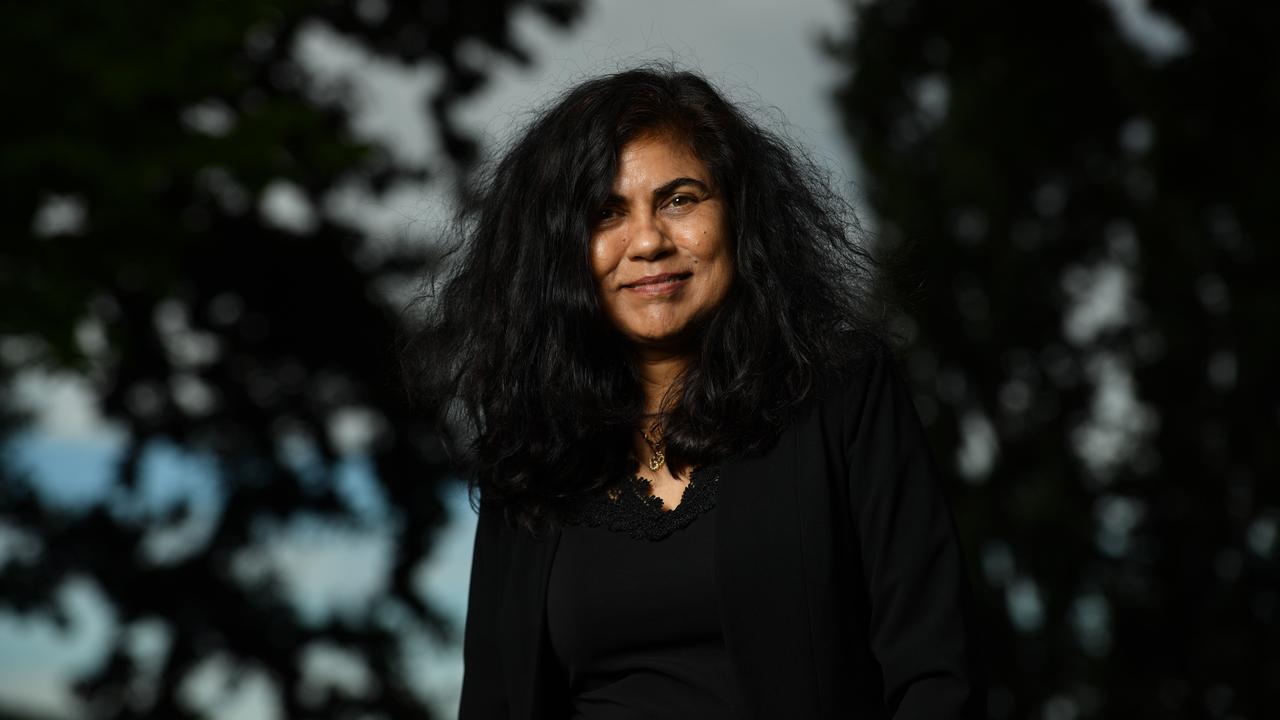
"When we look at end of life electronic devices, we don't stop and think, 'oh gosh that printer's circuit board has got all this valuable copper and tin in it'," she told the National Press Club in Canberra on Tuesday.
At least 20 per cent of these materials were important elements, which far exceeds the amount of minerals that make up traditional copper and tin resources, she said.
"So it's kind of ironic that we go after those resources that are not that rich in these elements and here we are sitting literally on valuable resources," the researcher said.
Prof Sahajwalla said some components inside everyday waste can be reused and recycled as she highlighted the economic and environmental need to adopt the technology.
More sophisticated conversations and transparency about the cost of raw materials and how their waste is re-manufactured into local supply chains are needed, she added.
"We don't necessarily have the conversation, 'oh actually that permanent magnet in that hard drive contains neodymium'," she said.
"What we need to do is go back and value what that neodymium is worth, so that we can start to put a dollar figure on all of this and then start to connect the ecosystem.
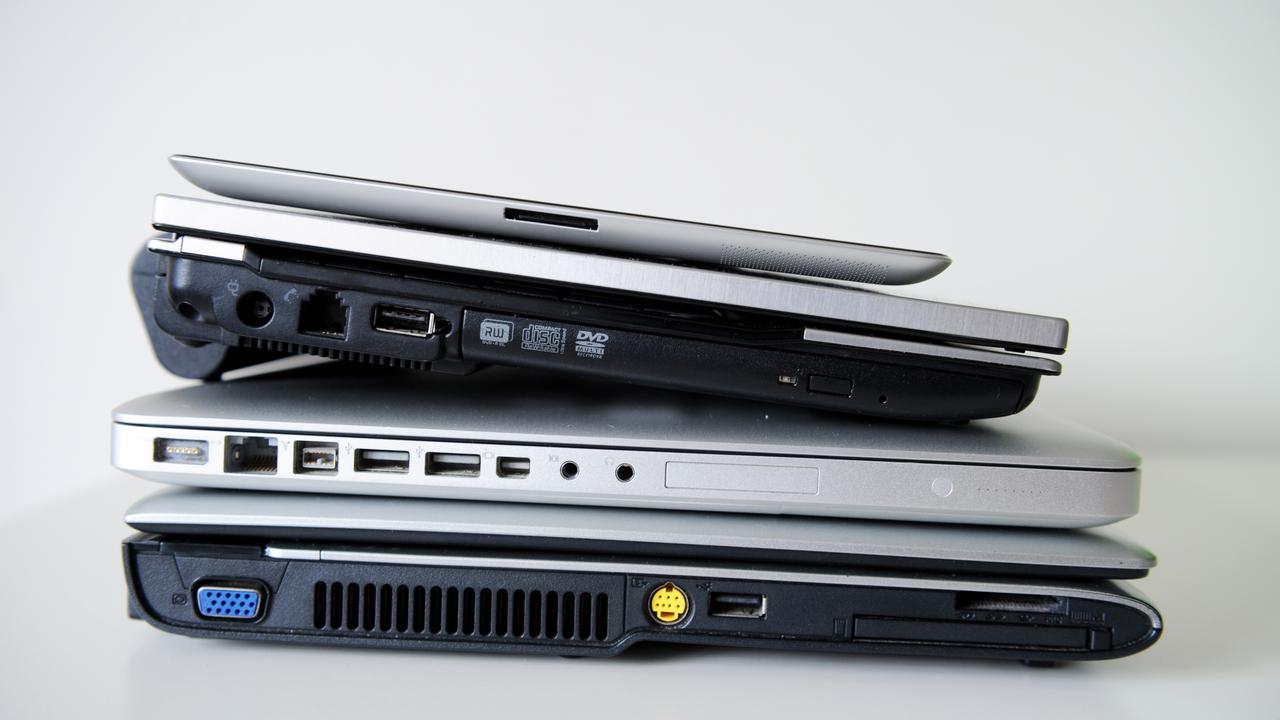
"It's very easy to put big numbers at a big picture level and say it's worth billions of dollars, but how are we actually going to monetise it in localised supply chains?"
In southwest Sydney, Prof Sahajwalla's team has created a technique allowing Liverpool City Council to save hundreds of thousands of dollars in waste disposal by repurposing old mattresses with an industrial shredder.
From the shredder, fluff from thrown-out mattresses is combined with other waste such as broken glass to make "green ceramic" tiles for commercial use.
She said the tiles meet Australian regulations and can be used on floors or in kitchens.
Another project in Taree, on the NSW mid-north coast, uses reclaimed aluminium feedstock to produce aerosol cans from recycled material known as "green steel".

